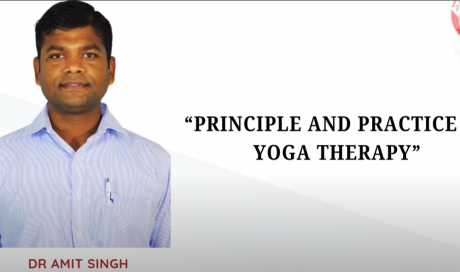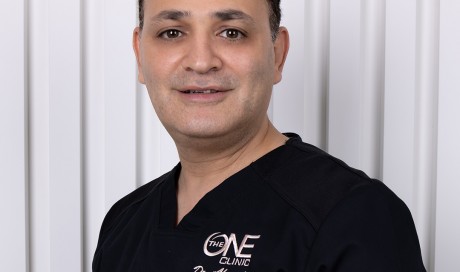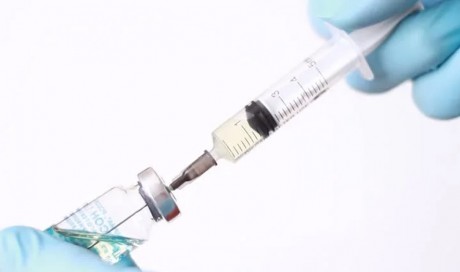From walking, yoga, running, zumba, aerobics, kickboxing, spinning to new dance forms like Capoeira - people do all different types of activities to exercise. The reason to exercise as we all know is to stay fit, but the question remains that is the exercise that we are doing giving us the maximum benefit? So in simple words, what is the optimal exercise that actually helps your heart, body and mind?
The American Heart association has clear guidelines on recommended exercise -
Atleast 30 minutes of moderate-intensity activities atleast 5 days a week or a total of 150 minutes a week OR atleast 25 minutes of vigorous activity atleast 3 days a week or 75 minutes a week.
But again, not many people understand what does the word moderate or vigorous intensity mean? Now when you exercise at the right pace, our heart rate and breathing rate increase and typically one starts sweating. Low intensity exercises, for example, walking at less than 3 km per hour- would not typically cause much discomfort in most people.
Moderate intensity exercises, typically increase your heart rate and breathing rate more but you are still able to talk comfortably. For example, a moderate intensity exercise would include walking 3-6 km/hour on firm ground, cycling at less than 16 km/hour and house hold exercises like cleaning the house and gardening.
When you do vigorous intensity exercises like jogging, walking a kilometer in less than 10 minutes, aerobics and skipping, your heart rate further increases and now you might find it difficult to talk more than a few sentences without stopping and taking a breath.
Target Heart Rate
One simple way to know that if you are exercising effectively, is to measure the target heart rate. The target heart rate is the goal heart rate you are aiming to achieve for effective exercise. Steps to measure target heart rate:
1. Measure the resting heart rate: Your resting heart rate is the number of times your heart beats per minute while you are at rest. A good time to check your resting heart rate would be in the morning after having a good night’s sleep. One simple way to do that is to place the tips of your 2nd and 3rd finger on the inside of your wrist under your thumb and count your pulse of 1 minute. In people above 10 years of age, the resting heart rate is usually between 60 to 100 beats per minute. The resting heart is important to know as when you start exercising regularly, your resting heart rate decreases adapting to the exercise, this helps your heart recover better.
2. Measure your Maximal heart rate: The maximal heart rate is the upper limit of what your heart can handle. A simple formula for this would be 220 - your age. For example: In a 30-year-old, the maximal heart rate would be 220 - 30=190 beats/minute. And in a 60-year-old, the maximal heart rate would be 220 - 60 = 160 beats/minute.
3. Measure your target heart rate: For Moderate Intensity Exercises, the target heart rate goal would be between 50-69% of your maximal heart rate and for vigorous intensity exercise, the target heart rate goal would be between 70-85%.
- Moderate intensity ~ Target Heart rate 50-69% of MHR
- Vigorous intensity ~ Target Heart rate 70-85% of MHR
Now let’s see an example, a 40-year-old man, has a maximal heart rate of 180 beats/minute. So for moderate intensity exercise, his target heart rate would be between 50% to 69% of the maximal heart rate i.e. it would be between 90 to 124 beats/minute. For vigorous intensity exercise, his target heart rate goal would be between 70% to 85 % of the maximal heart rate, which would be between 125 to 153 beats/minute. Now it is important to know your target heart rate so that incase your heart rate is less, you maybe can push yourself more and if its higher, then you need to slow down. It is important to note that this method may not work for everyone especially if someone has high blood pressure, diabetes or suffer from a heart disease. Hence it is important to always speak to your doctor before starting any exercise regime.
Share This Post















